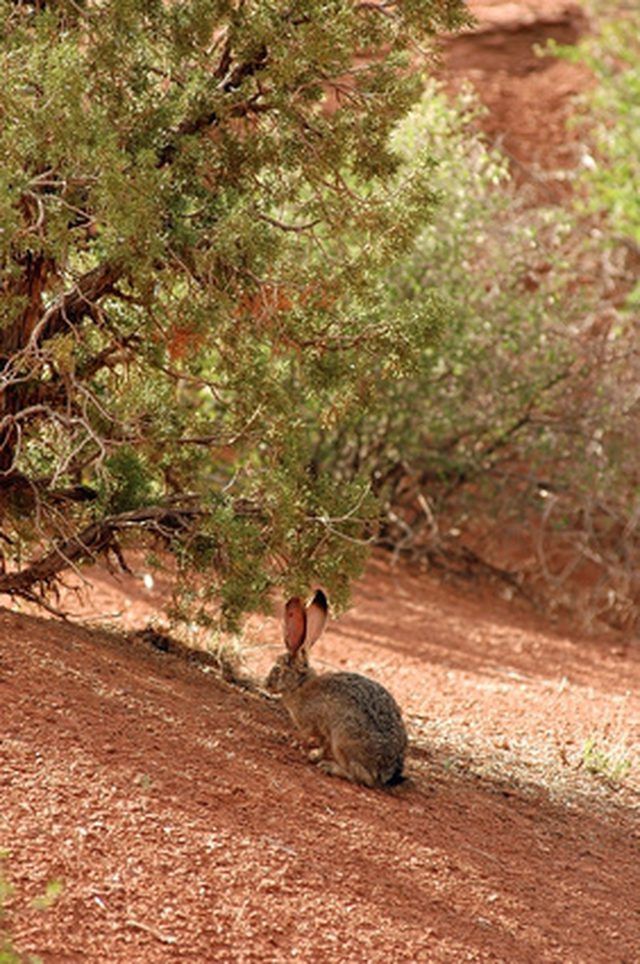Bulbs
Flower Basics
Flower Beds & Specialty Gardens
Flower Garden
Garden Furniture
Garden Gnomes
Garden Seeds
Garden Sheds
Garden Statues
Garden Tools & Supplies
Gardening Basics
Green & Organic
Groundcovers & Vines
Growing Annuals
Growing Basil
Growing Beans
Growing Berries
Growing Blueberries
Growing Cactus
Growing Corn
Growing Cotton
Growing Edibles
Growing Flowers
Growing Garlic
Growing Grapes
Growing Grass
Growing Herbs
Growing Jasmine
Growing Mint
Growing Mushrooms
Orchids
Growing Peanuts
Growing Perennials
Growing Plants
Growing Rosemary
Growing Roses
Growing Strawberries
Growing Sunflowers
Growing Thyme
Growing Tomatoes
Growing Tulips
Growing Vegetables
Herb Basics
Herb Garden
Indoor Growing
Landscaping Basics
Landscaping Patios
Landscaping Plants
Landscaping Shrubs
Landscaping Trees
Landscaping Walks & Pathways
Lawn Basics
Lawn Maintenance
Lawn Mowers
Lawn Ornaments
Lawn Planting
Lawn Tools
Outdoor Growing
Overall Landscape Planning
Pests, Weeds & Problems
Plant Basics
Rock Garden
Rose Garden
Shrubs
Soil
Specialty Gardens
Trees
Vegetable Garden
Yard Maintenance
Facts About the Iron Tree
Facts About the Iron Tree. The iron tree is a woody legume native to the Sonoran Desert. The Arizona–Sonora Desert Museum says that the iron tree is one of the most ecologically important trees in the world.

The iron tree is a woody legume native to the Sonoran Desert. The Arizona–Sonora Desert Museum says that the iron tree is one of the most ecologically important trees in the world.
Characteristics
The iron tree, or 'ironwood tree', is multi-trunked. It does not reach more than two meters in height but produces a thick crown of leaves up to 14 meters in diameter.
Habitat
Iron trees live primarily in the Sonoran Desert, spanning southwestern Arizona, southeastern California, eastern Baja California, Baja California Sur, and Sonora, Mexico. This tree prefers granite soil because the large granite crystals make the soil porous. Water and roots can infiltrate it easily.
Significance
The iron tree is a cornerstone of desert ecology. It is what is known as a nurse plant. It plays a role in the population of 500 other desert species. Some associated plant species rely on the iron tree for survival, shade and protection in the harsh desert.
Hardwood
The iron tree gets its name from the fact that its wood is virtually non-biodegradable, being one of the hardest woods in the world.
Threats
Urbanization is the iron tree’s biggest threat. Agriculture invades the natural habitat of iron trees. Fires are also a common threat for a tree living in such dry conditions.